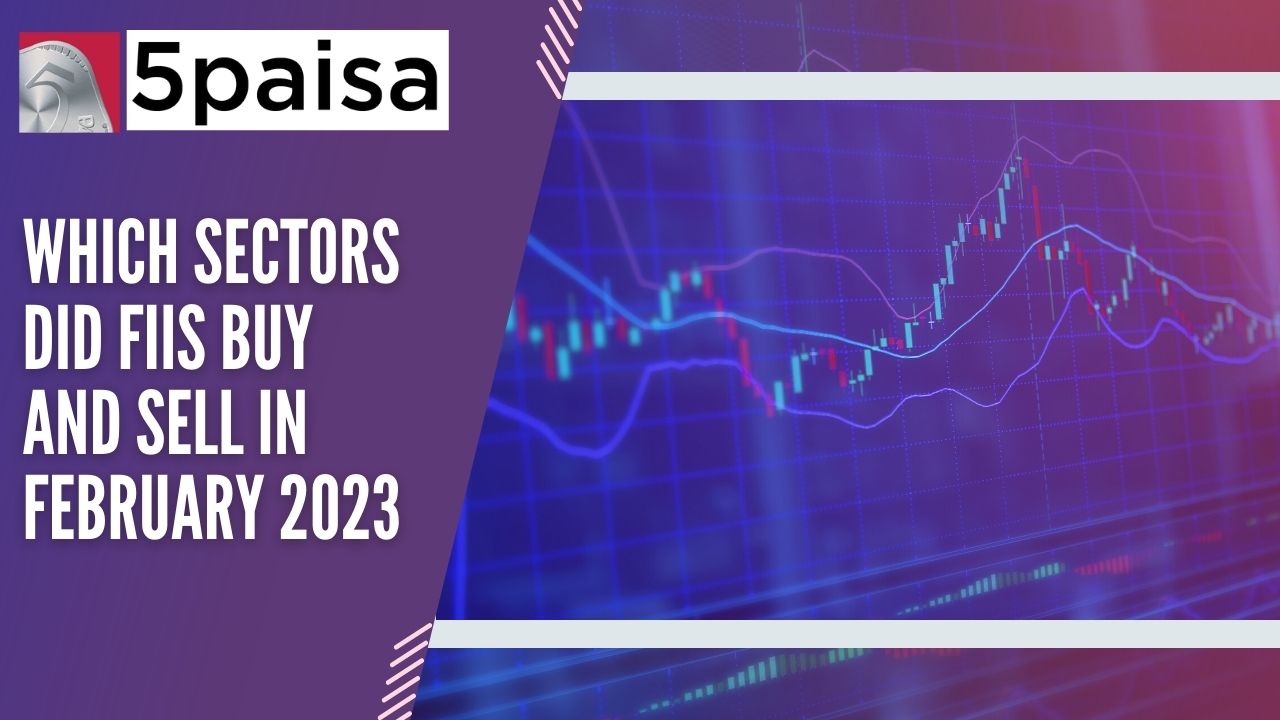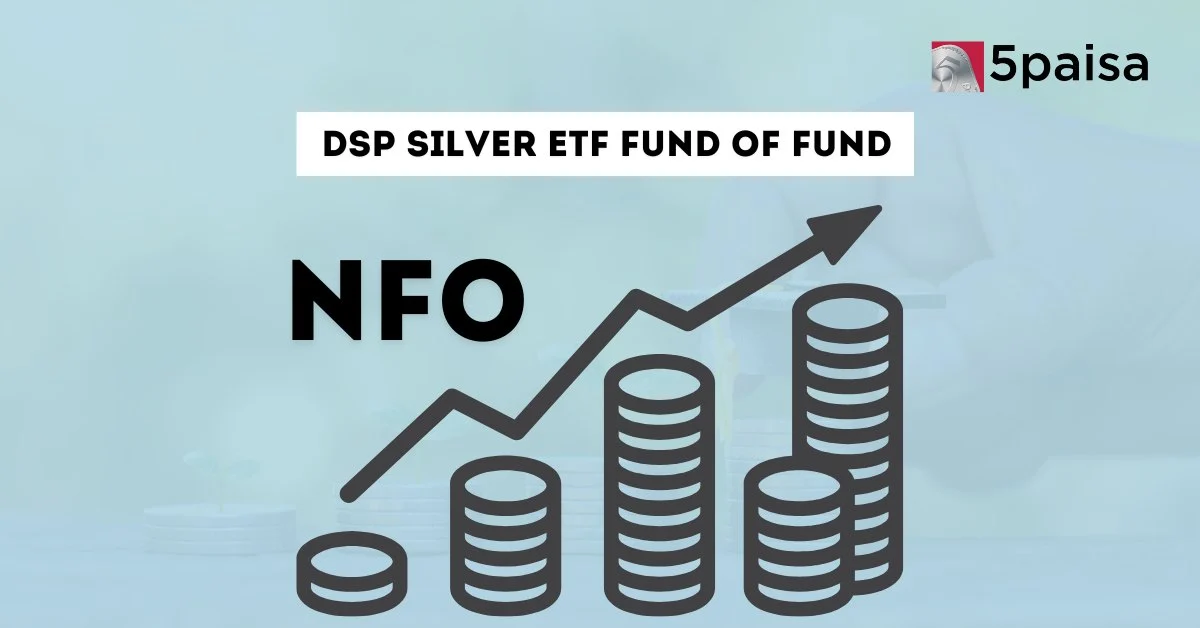India's Pharma Sector on Edge: Will U.S. Tariffs Affect the Lifeline of Generic Drugs?
Which sectors did FIIs buy and sell in February 2023?

One of the key factors driving market sentiments is whether the FPIs have been buying or selling. Each month, the NSDL released the sector wise break up of the FPI flows, which gives critical insights into which sectors the FPIs are buying into and which sectors they are selling out of. FPIs have been heavy sellers in the past. Between October 2021 and June 2022, FPIs sold equities worth $34 billion in the Indian equity markets. There were net buyers in equities in the second half of 2022, but the first two months of 2023 has again seen net selling by the FIIs. Let us now look at what sectors did the FPIs buy into and what sectors they sold out of in the month of February 2023.
In February 2023, FPIs bought into capital goods and IT
The table below captures the key sectors where the FPIs were active during the month of February 2023
|
Where FPI money flowed in |
Where FPI money flowed out |
||
|
Sector |
Amount ($ million) |
Sector |
Amount ($ million) |
|
Capital Goods |
+322 |
Oil & Gas |
-600 |
|
Services |
+237 |
Power |
-344 |
|
Information Technology |
+128 |
Metals & Mining |
-319 |
|
Healthcare |
+113 |
Consumer Durables |
-167 |
|
Automobiles |
+108 |
Textiles |
-60 |
|
Construction |
+52 |
Chemicals |
-44 |
Data Source: NSDL
Here are some of the key takeaways from the sectoral pitch of the FPIs in the month of February 2023.
-
While the FPIs sold about $3.54 billion of equities on a net basis in January 2023, they sold just about $639 million in February 2023. Also, in February, most of the selling was concentrated in the first half, with limited selling in the second half of the month.
-
Let us look at the big inflows first. Capital goods led the inflow pack at $322 million and that can be largely attributed to the government giving a big thrust to infrastructure projects in the Union Budget 2023-24. Capital goods companies are already enjoying overflowing order books and this will only improve things further.
-
Two passive sectors getting inflows from FPIs on a net basis were IT and healthcare. IT saw net inflows of $128 million while the healthcare sector saw inflows of $113 million. Both these sectors have already corrected sharply and offer attractive investment entry points to FPIs. Auto sector also saw net buying on revival in demand for PVs.
But, FPIs were heavy net sellers in oil, power, and metals
Here is the story of the sectors that saw major outflows in the month of February 2023.
-
The hydrocarbons segment (oil & gas) saw FPI outflows of $600 million on account of oil price uncertainty and selling in Reliance Industries.
-
In addition, the power sector saw net outflows of $344 million but this is largely on account of the power stocks in the Adani group like Adani Transmission and Adani Green Energy.
-
Metals is another segment that has seen aggressive selling of $319 million in February 2023 on account of weak metal prices and due to supply chain constraints leading to high input costs.
-
The BFSI segment also saw inflows of $286 million in the first half of the month, but was totally sold into in the second half.
That is the story of how the FPI flows into various sectors panned out in the month of February 2023. It looks like the FPIs are betting big on the revival of the capital cycle, a sector that has long been ignored.
How are the assets under custody distributed sector wise
An important measure of FPI investment in India is the assets under custody (AUC). It reflects the market value of all equities held by the FPIs. There are two factors that have led to the sharp reduction in the FPI AUC over the last 117 months. For instance, FPI AUC had peaked at $667 billion in October 2021. Since then, a mix of FPI selling as well as a fall in markets has led to compression of the AUC. As of February 2023, the FPI AUC stands at $534.71 billion; sharply lower than the peak figure of October 2021. Here are some key takeaways on FPI AUC that we can infer as of the end of February 2023
-
There are a total of 23 sectors that the FPI AUC is captured by the NSDL each month. Out of these top 23 sectors, AUC of the top-13 sectors accounted for 92.7% of total FPI AUC of $534.71 billion. That is a substantial domination of the large sectors.
-
There is hardly an element of surprise because the banking, financial services and insurance (BFSI) space accounts for 33.81% of overall FPI AUC. That is understandable considering that BFSI has a weight of 37% in the Nifty too, so it largely corresponds.
-
Most of the sectors saw a sharp fall in AUC over the previous month. For instance, the fall in AUC was the most pronounced in sectors like oil, power, and metals. On the other hand, sectors like capital goods saw a sharp accretion in AUC while FMCG AUC remained almost stable over the previous month.
-
Apart from BFSI, the other significant contributors to the AUC were Information Technology $61.86 billion, hydrocarbons $54.52 billion, FMCG $39.08 billion, Auto $31.58 billion and Pharma & healthcare $26.58 billion. There was a total of 13 sectors with AUC of more than $10 billion as of the close of February 2023.
FPIs appear to be concerned about the India equity story
The undertone in the last few months shows that FPIs are far from enthused about investing in India. Here is why.
-
Based on relative valuations, FPIs find markets like China, Taiwan, Indonesia, South Korea, and Thailand offering better valuation stories.
-
Q3FY23 results have seen rural sales struggling, exports under pressure and cost of funds spiking due to higher interest cost.
-
The Adani story and the market cap loss continues to be a major overhang for the FPI flows at this juncture.
-
Central banks like the Fed and even the RBI continue to remain hawkish due to inflation remaining sticky. That is not good news for FPI flows.
The big news is that FPIs are still buying, although they are being a lot more sector selective.
- Flat ₹20 Brokerage
- Next-gen Trading
- Advance Charting
- Actionable Ideas
Trending on 5paisa
01
 5paisa Research Team
5paisa Research Team
02
 5paisa Research Team
5paisa Research Team
Indian Market Related Articles
Disclaimer: Investment in securities market are subject to market risks, read all the related documents carefully before investing. For detailed disclaimer please Click here.





